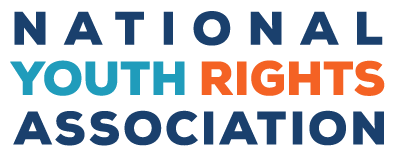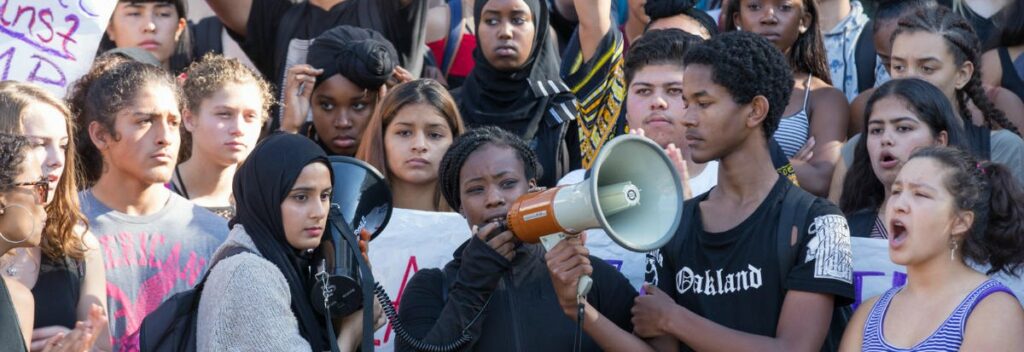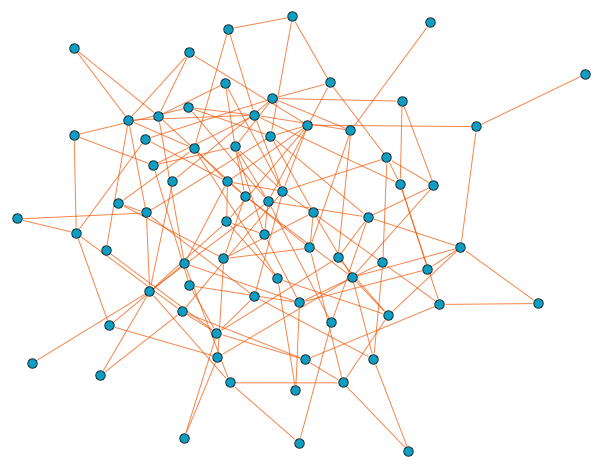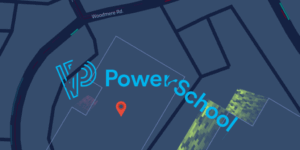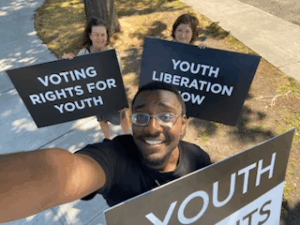Academic freedom, or the right to control one’s education, is an important aspect of the rights students have at school. It includes the right to access resources, to choose our own courses and teachers, and to consent to methods of assessment and evaluation. It also includes the right to decide what is important to learn, and to choose the best-suited environment for learning. Academic freedom is also about our freedom of thought and the right to determine for ourselves what gets to take up space in our minds.
Unfortunately, most schools deny this right to young people. In fact, most students are treated as if we are too lazy to control our own learning and that our interests are trivial. We are cajoled, threatened, and punished into learning in ways determined by others rather than ourselves. But it doesn’t have to be that way.
NYRA strongly supports extending academic freedom to all students. Please use this page as a resource on the various facets of academic freedom and how students are working to take back control of their education.
Student choice improves learning
Academic freedom is advocated and practiced in various learning environments including democratic schools, Montessori schools, a small number of public schools, and in certain forms of homeschooling. There is also a great deal of research that shows the many benefits of allowing young people to control their own education. In fact, most of us know that we learn best when we are allowed to follow our curiosity and passion and choose to learn a subject because we want to – not because someone else thinks we should. Even when we are very young, we are capable of directing the nature and pace of our own learning as shown by how we learn to walk, talk, interpret our environment, and build relationships.
When we are denied the right to have a say in our education, we are hindered from learning how to take control in our lives. We submit our intellectual lives to the power of another person. This not only violates our rights, but puts us at risk of losing our ability to question and to think for ourselves.
Influencing curriculum in public schools
Most public schools limit the amount of control that students have over the curriculum. This happens at the state level where course requirements dictate what courses are required, but also by school boards and the administration of individual schools that may restrict the curriculum even further.
However, some students have been able to encourage their schools to switch to more a student-centered approach or by successfully submitting proposals for independent projects.
Students are also able to opt out of certain aspects of their required courses. For example, many states have laws allowing public school students to opt out of animal dissections, and some don’t even require parental permission to do so. A few other states allow students to opt out of a wider range of activities for religious or ethical reasons. Students have organized protests against changes in the curriculum made by their school board or the removal of elective courses without their consent.
Opting out of standardized tests
One of the areas where students have had the most success in exercising their right to control their education has been through boycotting “high stakes” testing. For example, more than 20% of New York students opted out of state standardized tests in 2015 and so many students opted out at one high school in Oregon that not one student took the state standardized tests for math and English in 2017.
Students have also organized protests against standardized testing and unfair grading systems. In Colorado, students organized statewide campaigns and staged walkouts during the test. The Providence Student Union successfully petitioned the Rhode Island legislature to pass a three-year moratorium on using high-stakes testing as a graduation requirement through organizing rallies and conducting sit-ins at school board meetings.
Students have raised awareness that students can opt out of the SAT and ACT and still get into college. In fact, there are over 1,000 colleges in the US that don’t require test scores, and some reject them altogether.
Due to many of these efforts, along with the support of parents and teachers, many states have abandoned testing requirements to receive a high school diploma. This map shows which states still require students to pass a specific test in order to graduate.
School Choice
Within the public school system, students can sometimes decide which school they wish to attend. This is known as “open enrollment,” which takes two forms: intradistrict or interdistrict, the latter allowing students to attend school outside of their district. States that require public schools to allow open enrollment between districts (interdistrict enrollment) include Arizona, Delaware, Florida, and Idaho. Although interdistrict open enrollment is mandatory in some states, there are usually circumstances in which schools can refuse to accept students (too many students, for example). Additionally, many states have voluntary intradistrict or interdistrict enrollment, meaning that schools can decide whether to allow open enrollment in their school. There are also states, such as California and Indiana, whose laws involve both mandatory and voluntary enrollment within and between districts. In California, it is mandatory to allow open enrollment participation for students who attend schools with low performance records.
School choice within the public school system allows students to take control of their education and decide how they want to spend the formative years of their lives. Although not every student can take advantage of alternative education environments like homeschooling, public school choice allows some young people to make decisions about which school to attend.
Student-directed learning environments
Some learning environments allow students complete academic freedom where students are free to pursue their own interests and direct their own education. Students decide what, where, and how to learn, whether to use any teachers and resources available, and what kind of feedback they receive.
Non-coercive schools
Unlike public schools, private schools are allowed to set their own rules about how much academic freedom they give the students. Unfortunately, most private schools don’t do any better than public schools at respecting students’ rights – and some are a lot worse! But in democratic or free schools, many of which are also called Sudbury schools, students set the curriculum completely and make all decisions including punishments and hiring and firing of teachers. are allowed complete academic freedom.
Student-directed learning centers
Some students choose to attend a learning center instead of school. These learning centers take many forms such as and agile learning centers, North Star Model centers, or organizations that offer an alternative to school.
Unschooling
Homeschooling can also provide an environment of academic freedom, especially if your family takes an unschooling approach. Unschooling is the homeschooling philosophy that gives students the highest degree of academic freedom. Students are free to pursue their interests, using their parents as resources if they wish. The main role of unschooling parents is to provide a safe and supportive environment in which their children can learn. Unschooling is a matter of youth rights because it lets youth decide how they want to spend the first 18 years of their lives instead of having parents and schools choose for them.
Homeschooling often has the added benefit that students can selectively enroll in outside classes to supplement the work they do at home. Some states even allow homeschooled students to play on school sports teams.
Check out our How to Direct Your Own Education page for more resources on unschooling and finding or starting a student-directed learning center.
